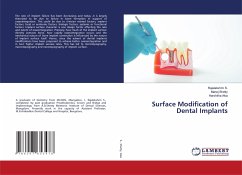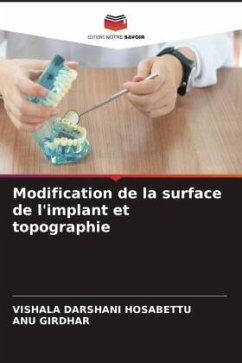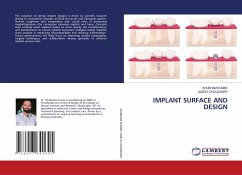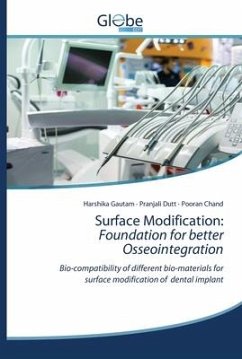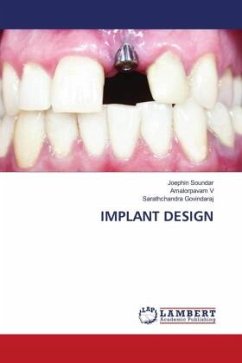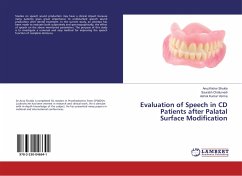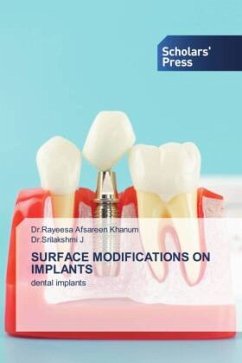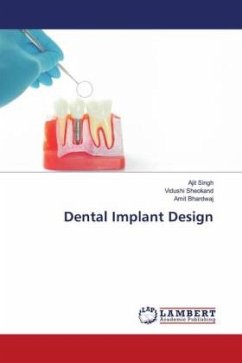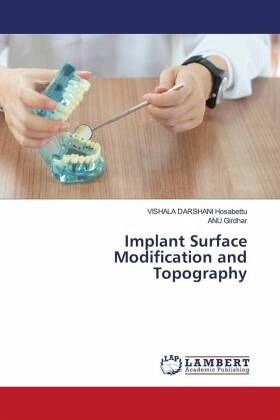
Implant Surface Modification and Topography
Versandkostenfrei!
Versandfertig in 6-10 Tagen
53,99 €
inkl. MwSt.

PAYBACK Punkte
27 °P sammeln!
Missing teeth and the various attempts to replace them have presented a treatment challenge throughout human history. Over the past three decades, significant advances have occurred in the clinical use of oral and maxillofacial implants. Currently, implants are a well accepted treatment modality serving as transmucosal structures to support single teeth, fixed partial dentures, complete-arch reconstructions and to reconstruct maxillofacial defects. Clinicians must have the knowledge of the cellular and molecular events that lead to osseointegration, because such knowledge is essential to relat...
Missing teeth and the various attempts to replace them have presented a treatment challenge throughout human history. Over the past three decades, significant advances have occurred in the clinical use of oral and maxillofacial implants. Currently, implants are a well accepted treatment modality serving as transmucosal structures to support single teeth, fixed partial dentures, complete-arch reconstructions and to reconstruct maxillofacial defects. Clinicians must have the knowledge of the cellular and molecular events that lead to osseointegration, because such knowledge is essential to relate clinical findings with basic mechanisms, which in turn dictates the longevity of the dental implant. The constant evolution of dental implant characteristics at the macroscopic level like shape, size ,thread design along with the advancement in the microscopic features like surface treatment and texture has led to the improvement in the bone-implant interface. The clinical success of implant is dependent on proper implant selection based on the clinical demands and knowledge of the newer advances in implant systems.



